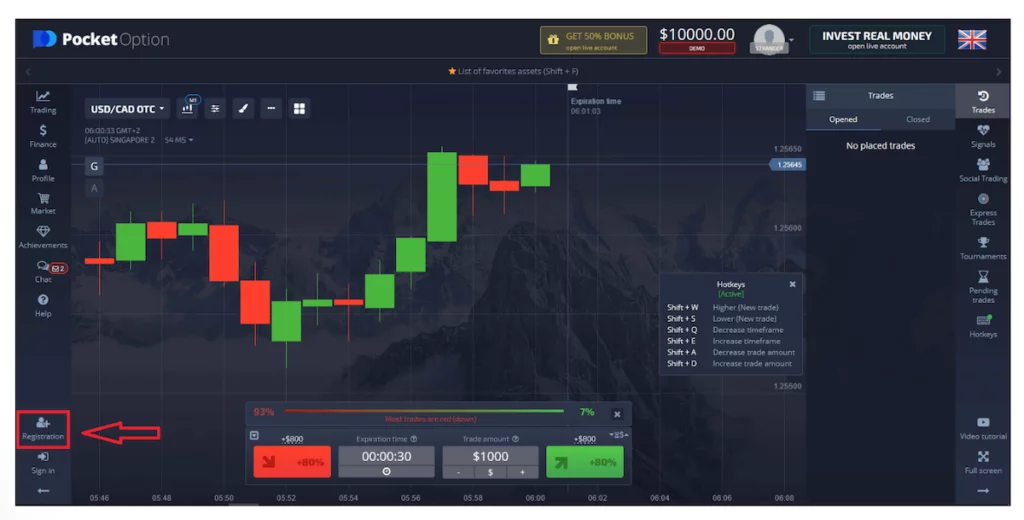What’s The Best Indicator For 1-Minute Binary Trading?
If you’ve ever tried 60-second binary options trading, you know that every second counts. With just 60 seconds on the clock, making quick decisions is key. But how do you make those decisions confidently? The answer lies in finding the right indicators.

The Power Of The RSI (Relative Strength Index)
One of the most popular indicators in one minute binary trading is the Relative Strength Index, or RSI. Think of it as your personal trading assistant, helping you spot overbought or oversold conditions. The RSI is a momentum oscillator that ranges from 0 to 100. If the RSI is above 70, it might mean the asset is overbought (and could drop), while a value below 30 could suggest it’s oversold (and might rise).
For quick trades, the RSI is ideal because it’s simple and doesn’t require a lot of time to interpret. With just a glance, you can quickly assess whether it’s time to place a trade. However, be cautious—like all indicators, the RSI isn’t foolproof and can sometimes give false signals, especially in volatile markets.
Moving Averages: The Trend Follower
Next up, we have the moving average. This indicator is like a trend radar, helping you spot the general direction of the market. In one minute binary trading, you don’t need to worry about long-term trends; instead, short-term moving averages work wonders. The 5-period or 10-period moving average is often used in fast-paced trades.
When the price crosses above the moving average, it’s a bullish signal; when it crosses below, it suggests a bearish trend. Moving averages are simple to use, and when combined with other indicators, they can help confirm your trading decisions. But remember, it works best when the market is trending, so avoid using it during sideways or choppy market conditions.
Bollinger Bands: For Volatility Lovers
If you enjoy a bit of action, Bollinger Bands might be your go-to indicator for 60-second binary options trading. This tool measures market volatility and helps you understand when the market is “quiet” or “loud.” The bands widen when the market is volatile and tighten when things calm down.
When the price touches the outer band, it could signal a potential reversal, making it an excellent indicator for those who love to catch price retracements. However, like all volatility indicators, it’s not always perfect, so combining it with other tools will give you a better edge.
So, What’s the Best Indicator?
There’s no one-size-fits-all answer, as the best indicator for 60-second binary options trading depends on your style and the market conditions. For quick decisions, RSI and Moving Averages are fantastic starting points. But remember, the more you practice, the better you’ll get at choosing the right tools for the job. So, experiment, find your rhythm, and happy trading!

